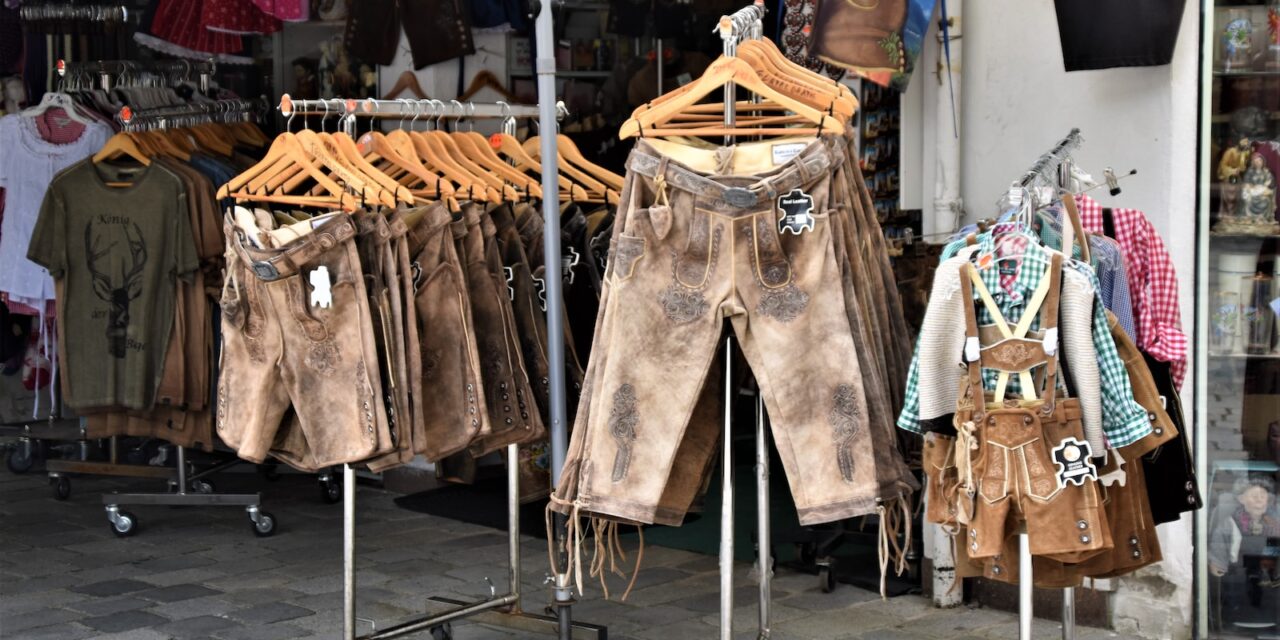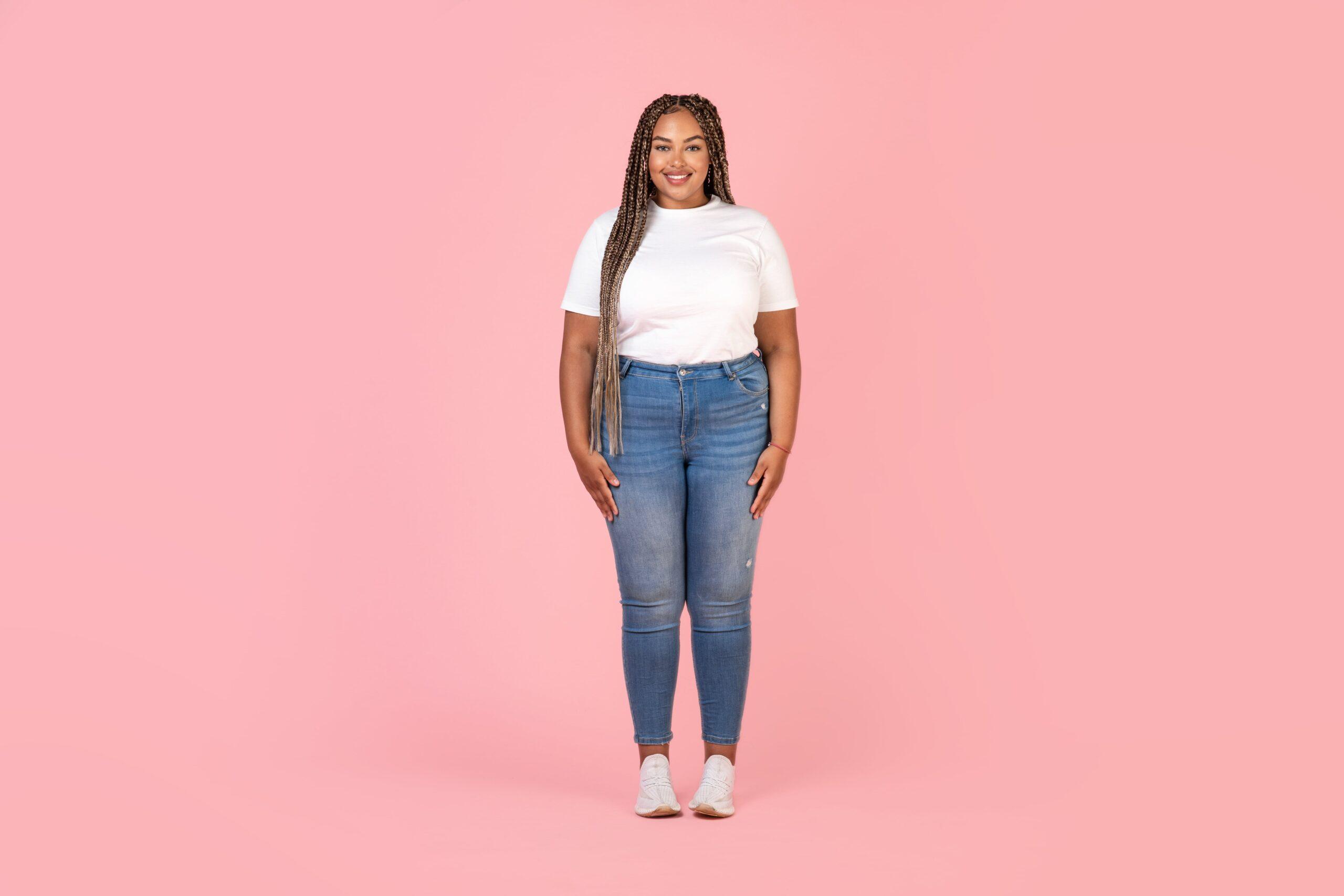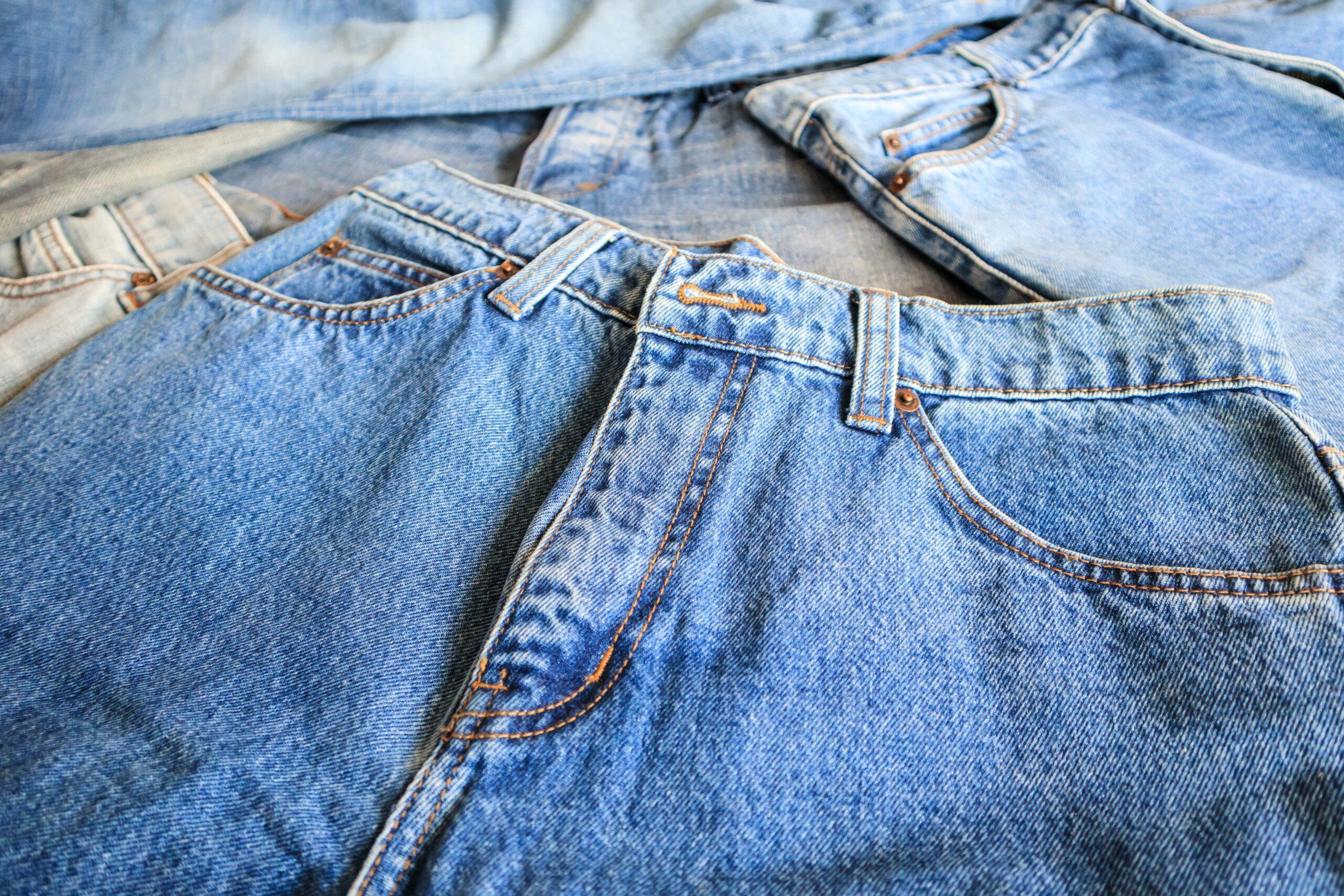Fashion is a dynamic realm, constantly evolving and reflecting the collective tastes and preferences of society. 3 things that Influence Fashion will delve into the three primary influences that drive the ever-changing world of fashion. Fashion as we know encompasses clothing, accessories, hairstyles, and even the way we carry ourselves. But what exactly influences fashion?
What are the key factors that shape the trends we see on the runways and in our everyday lives? So, fasten your seatbelts and get ready for an exhilarating fashion journey!
The Cultural Zeitgeist: Fashion as an Expression of Society
Cultural Shifts: A Mirror to Fashion Trends
Fashion acts as a mirror, reflecting the cultural zeitgeist of a given era. It is heavily influenced by the prevailing societal norms, values, and attitudes. The way people dress often represents their identity, beliefs, and aspirations. Whether it’s the rebellion of punk fashion in the 1970s or the minimalism of the 1990s, fashion consistently captures the essence of the times.
The Influential Role of Media
In today’s digital age, media plays a pivotal role in shaping fashion trends. Magazines, television shows, social media platforms, and influential fashion bloggers have the power to propel a style or garment into the spotlight. Celebrities and public figures also contribute significantly to the sway of fashion. When a popular personality is seen sporting a particular brand or style, it quickly gains popularity among their followers.
The Globalization Effect
As the world becomes more interconnected, fashion trends transcend geographical boundaries. Globalization has given rise to the fusion of diverse cultural styles, resulting in unique and innovative fashion statements. Fashion designers and brands draw inspiration from various cultures, incorporating elements into their collections. This cross-pollination of ideas has sparked an explosion of creativity in the fashion industry.
Economic Factors: The Power of the Market
The Influence of Fashion Industry Players
Fashion is an industry driven by designers, retailers, and consumers. Designers and fashion houses create trends and set the tone for the season. They introduce new styles, materials, and colors that influence the overall direction of fashion. Retailers play a crucial role in bringing these designs to the masses, curating collections that cater to consumer demands.
Consumer Preferences and Buying Power
Ultimately, it is the consumers who have the final say in what becomes fashionable. Their preferences and buying power shape the market. Fashion brands meticulously analyze consumer behavior, paying attention to their desires and needs. Market research, focus groups, and social listening help identify emerging trends, allowing brands to tailor their offerings accordingly.
Economic Conditions and Socioeconomic Factors
Economic conditions have a profound impact on fashion. During times of economic prosperity, consumers are more willing to experiment with their style and invest in luxury goods. In contrast, during economic downturns, practicality and affordability become priorities. Socioeconomic factors such as income levels, education, and social status also influence fashion choices, with different demographics favoring specific styles.
Environmental and Ethical Considerations: The Fashion Sustainability Movement
The Rise of Sustainable Fashion
In recent years, there has been a significant shift towards sustainability in the fashion industry. Consumers are becoming more conscious of the environmental and ethical impact of their fashion choices. This growing awareness has led to the rise of sustainable fashion, which encompasses eco-friendly materials, ethical production practices, and circular fashion concepts.
Influential Fashion Activism
Fashion activists, celebrities, and advocacy groups have played a crucial role in bringing attention to the environmental and ethical challenges facing the industry. Their efforts have compelled fashion brands to reassess their practices and embrace more sustainable alternatives. By championing transparency and accountability, these activists have helped shape the direction of fashion
The Power of Consumer Demand
Consumers have become increasingly vocal about their desire for sustainable fashion. They are actively seeking out brands that prioritize ethical sourcing, fair labor practices, and environmental stewardship. This demand has forced fashion companies to adopt more sustainable practices to remain competitive in the market. As a result, sustainable fashion has gained traction and is now considered a significant influence in the industry.
Fashion’s Carbon Footprint
The fashion industry is notorious for its environmental impact. From the production of textiles to transportation and waste management, the carbon footprint of fashion is substantial. However, with the rise of sustainability initiatives, many brands are implementing eco-friendly practices. They are exploring alternative materials like organic cotton, recycled fabrics, and innovative fibers made from renewable resources. Additionally, efforts are being made to reduce water consumption and chemical usage throughout the production process.
Ethical Considerations: Fair Trade and Workers’ Rights
The ethical dimension of fashion extends beyond environmental concerns. It encompasses fair trade, workers’ rights, and social justice. Consumers are increasingly mindful of the conditions under which their garments are produced. They advocate for fair wages, safe working conditions, and the elimination of exploitative labor practices. Fashion brands are under pressure to address these issues and ensure transparency within their supply chains.
What are 3 Things that Influence Fashion?
Fashion is a complex tapestry woven from various influences. So, what are the three key factors that shape the world of fashion? Let’s explore them:
1. Culture and Society
Culture and society form the foundation upon which fashion evolves. The beliefs, values, and norms of a particular community influence the styles, colors, and silhouettes that gain popularity. Fashion is a powerful means of self-expression, and individuals often use it to convey their identity, belonging, and aspirations within their cultural context.
2. Market Dynamics and Consumer Behavior
The fashion industry is driven by market dynamics and consumer behavior. Fashion designers, retailers, and marketers closely observe consumer preferences and market trends to develop collections that cater to demand. The choices consumers make when purchasing clothing and accessories significantly impact the direction of fashion.
3. Sustainability and Ethical Considerations
In recent years, sustainability and ethical considerations have emerged as major influencers in the fashion industry. With increased awareness of environmental issues and labor practices, consumers are gravitating towards brands that prioritize sustainability and social responsibility. This shift has prompted fashion companies to adopt eco-friendly practices and implement ethical sourcing throughout their supply chains.
FAQs about Fashion Influences
Q: How does social media impact fashion trends?
A: Social media platforms provide a space for fashion influencers, bloggers, and celebrities to showcase their style and influence their followers. They have the power to make a trend go viral, creating a ripple effect in the fashion industry.
Q: Do fashion trends differ across cultures?
A: Yes, fashion trends vary across cultures due to differences in traditions, climate, values, and historical influences. Each culture brings its unique aesthetic and interpretation to the world of fashion.
Q: Are celebrities the main influencers of fashion?
A: Celebrities play a significant role in shaping fashion trends. Their red carpet appearances and social media presence influence their fans and followers. However, fashion influences are multidimensional, encompassing various factors such as culture, media, and consumer behavior.
Q: How does the economy impact fashion?
A: Economic conditions have a direct impact on fashion. During economic downturns, consumers may prioritize affordability and practicality, leading to a shift in consumer preferences. Economic prosperity, on the other hand, often leads to increased consumer spending and a willingness to invest in luxury fashion.
Q: Are there sustainable alternatives to traditional fabrics?
A: Yes, the fashion industry is exploring sustainable alternatives to traditional fabrics. Eco-friendly materials such as organic cotton, hemp, bamboo, and recycled fibers are gaining popularity. These materials are produced with reduced environmental impact and often have certifications to ensure their sustainability.
Q: How does fashion respond to cultural diversity?
A: Fashion embraces cultural diversity by drawing inspiration from various traditions and aesthetics. Designers often incorporate elements from different cultures into their collections, resulting in a rich tapestry of styles and influences.
Q: What role does technology play in fashion?
A: Technology has revolutionized the fashion industry, impacting every aspect from design to production and marketing. 3D printing, virtual reality, and augmented reality are reshaping the way fashion is created and experienced. Online shopping platforms and social media have also transformed how consumers engage with fashion.
Q: Can fashion trends be sustainable?
A: Yes, sustainable fashion trends are on the rise. Designers are incorporating sustainable practices into their collections, and consumers are embracing eco-friendly fashion choices. Circular fashion, upcycling, and renting or swapping clothes are all examples of sustainable fashion trends.
Q: How can individuals contribute to sustainable fashion?
A: Individuals can contribute to sustainable fashion by making conscious choices. They can opt for clothing made from sustainable materials, support brands with ethical practices, and extend the lifespan of their garments through proper care and repair. Thrifting and swapping clothes are also sustainable alternatives to fast fashion.
Q: What is the future of fashion?
A: The future of fashion lies in sustainability, inclusivity, and innovation. As consumers become more conscious of their impact on the planet, fashion brands are adapting to meet their demands. The industry is moving towards circularity, ethical practices, and embracing diverse beauty standards.
Conclusion: The Ever-Evolving Fashion Landscape
Fashion is a fascinating blend of art, culture, and commerce. It is influenced by a myriad of factors, including societal norms, economic conditions, and environmental considerations. Culture and society provide the foundation for fashion, while market dynamics and consumer behavior shape its direction. In recent years, sustainability and ethical considerations have emerged as powerful influencers, prompting the industry to adopt eco-friendly practices.
As fashion continues to evolve, it is crucial to strike a balance between style and sustainability, innovation and ethics. By understanding the factors that influence fashion, we can make informed choices and contribute to a more conscious and inclusive fashion landscape.










